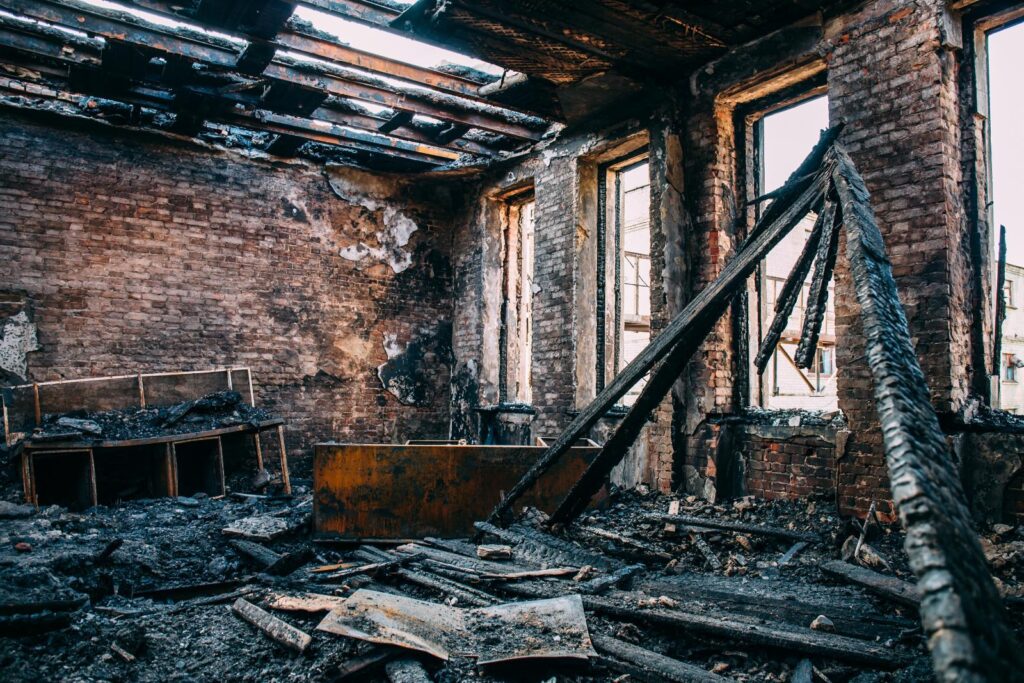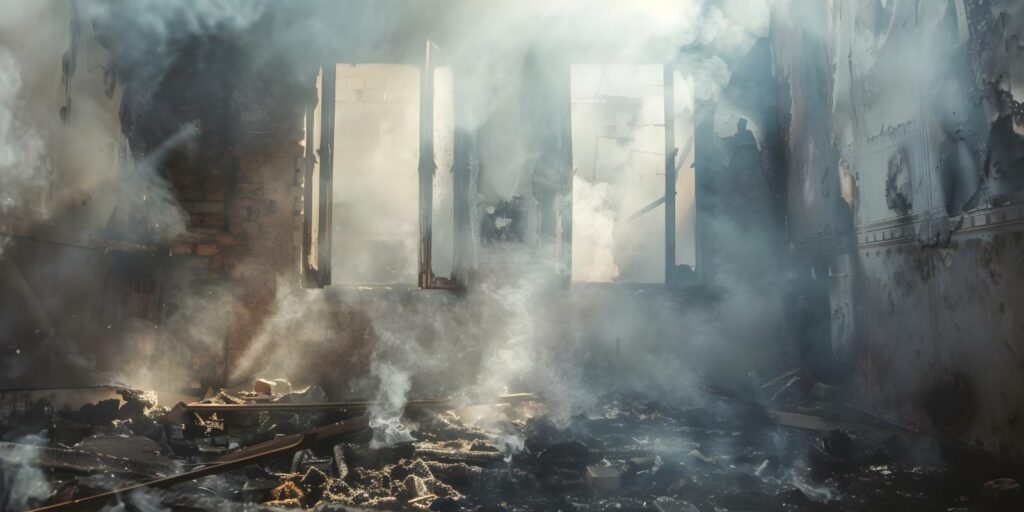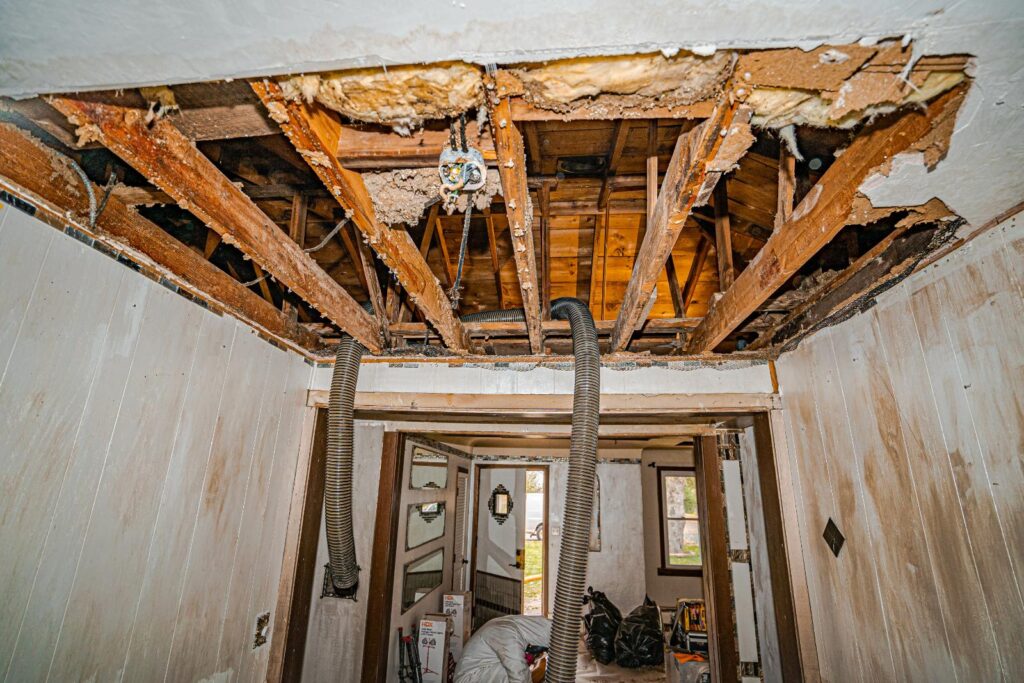
Contents
Is it true that you can tackle mold problems without breaking the bank? Many homeowners assume that mold remediation is synonymous with high costs, but there are budget-friendly options available. You might be surprised to learn that local service providers often offer competitive rates, and some even provide free inspections. What strategies can you employ to not only address mold issues effectively but also keep your expenses manageable? The answer lies in exploring various alternatives that prioritize both affordability and quality.
Key Takeaways
- Research local service providers to compare rates for mold remediation and identify budget-friendly options.
- Inquire about free inspections to assess mold issues without upfront costs.
- Check insurance coverage options, as some policies may cover mold remediation expenses.
- Look for certified providers with good reputations to ensure quality service at reasonable prices.
- Consider DIY methods for small areas, like vinegar or baking soda solutions, to save on costs.
Understanding Mold Growth
Mold growth is a common issue that can arise in various environments, particularly where moisture is present. Understanding the mold lifecycle is crucial for effective prevention and management. Mold spores thrive in damp conditions, beginning their lifecycle as tiny, airborne particles.
Once they land on a suitable surface, typically one that’s damp or organic, they can germinate and establish colonies. This process can happen within 24 to 48 hours, which is why prompt action is essential.
Moisture control plays a critical role in preventing mold growth. By reducing humidity levels in your home or workspace, you can significantly decrease the likelihood of mold establishing itself. Aim to keep indoor humidity below 60% by using dehumidifiers, fixing leaks, and ensuring proper ventilation, especially in areas prone to dampness like bathrooms and kitchens.
Another vital aspect is monitoring areas prone to condensation, such as windows and pipes. Regular inspection can help you catch early signs of moisture accumulation before mold can take hold.
Signs of Mold Infestation
When looking around your home or workspace, there are several key signs that indicate a mold infestation may be present. One of the most obvious indicators is a musty odor. If you notice a persistent, damp smell in certain areas, it’s time to investigate further.
Visible mold growth can appear as black, green, or white spots on walls, ceilings, or surfaces, depending on the common mold types in your area.
Another sign of mold is water damage, which often manifests as discoloration or warping on walls and ceilings. Check for leaks in pipes, roofs, or windows, as moisture encourages mold growth.
Additionally, if you or others in the space experience unexplained respiratory issues, allergies, or skin irritations, this could signal an underlying mold problem.
Using effective mold identification techniques can help you pinpoint the source of the issue. For example, if you find mold in damp areas like basements or bathrooms, it’s crucial to take action.
Mold thrives in humidity, so monitoring indoor humidity levels can also be beneficial.
DIY Mold Removal Techniques
There are several effective DIY mold removal techniques you can use to tackle minor infestations in your home.
First, it’s crucial to ensure proper ventilation improvements in affected areas. This helps reduce moisture, which is a key component for mold growth. You can achieve this by opening windows and using fans to circulate air.
Next, consider these five DIY techniques:
Vinegar Solution: Spray undiluted white vinegar directly on the moldy surface. Let it sit for an hour before wiping it clean. Vinegar is a natural mold killer.
Baking Soda: Mix one cup of baking soda with a cup of water and spray the solution onto the mold. Scrub the area and rinse with water.
Hydrogen Peroxide: Use a 3% hydrogen peroxide solution to spray the mold. After 10 minutes, scrub the area and wipe it dry.
Borax: Combine one cup of borax with a gallon of water. Apply it to the mold and scrub. Borax prevents mold from reappearing.
Chemical Solutions: For tougher infestations, consider over-the-counter chemical solutions. Always follow the manufacturer’s instructions and ensure proper ventilation during use.
Affordable Professional Services
When considering affordable professional mold remediation services, it’s crucial to explore local service providers who may offer competitive rates.
Additionally, check your insurance coverage options, as some policies might help offset the costs of professional assistance.
Understanding these factors can lead you to a more budget-friendly solution for your mold issues.
Local Service Providers
Finding the right local service providers for mold remediation can significantly impact your budget while ensuring effective treatment of your home.
When searching for affordable professional services, it’s crucial to conduct thorough service comparisons and prioritize mold inspection. Here are some tips to help you identify the best options:
Research local providers: Look for companies with good reviews and a solid reputation in your community.
Request multiple quotes: Comparing prices can help you find competitive rates without compromising quality.
Check certifications: Ensure the providers are certified and experienced in mold remediation techniques.
Ask about warranties: A reliable service provider should offer warranties or guarantees for their work, giving you peace of mind.
Inquire about free inspections: Many local companies offer free mold inspections, which can help you assess the situation without upfront costs.
Insurance Coverage Options
Selecting the right local service providers can help you manage costs effectively, but understanding your insurance coverage options is equally important in making mold remediation affordable. Many homeowners overlook how their insurance policy can impact remediation costs. Familiarizing yourself with your coverage limits is crucial in determining what expenses you might incur during the process.
Here’s a quick overview of typical insurance coverage options related to mold remediation:
| Coverage Type | Description |
|---|---|
| Homeowners Insurance | May cover mold damage if caused by a covered peril, like water damage. |
| Renter’s Insurance | Generally excludes mold coverage but may help with personal property damage. |
| Flood Insurance | Typically doesn’t cover mold unless it’s due to flooding, which is a covered peril. |
| Additional Endorsements | Optional coverage that can be added to your policy for specific mold-related issues. |
Before starting remediation, review your insurance policy and consult your agent to clarify coverage limits. By understanding these options, you can make informed decisions that not only save you money but also ensure your home is safe and healthy.
Local Community Resources
Local community resources can be invaluable for budget-friendly mold remediation options. By tapping into local organizations, you can often find support that reduces costs while effectively addressing mold issues in your home.
Here are some resources you might consider:
Community Workshops: Many organizations host workshops on mold identification and remediation techniques. These hands-on sessions can teach you practical skills to tackle mold problems.
Resource Directories: Local health departments or environmental agencies often maintain directories of licensed mold remediation professionals, allowing you to compare services and prices.
Non-Profit Organizations: Some non-profits provide free or low-cost assessments and assistance for mold-related issues, especially for low-income households.
Local Libraries: Your library may offer access to books and guides on mold prevention and remediation, along with free community events related to home maintenance.
Neighborhood Support Groups: Engaging with local homeowners’ associations or community forums can connect you to individuals who’ve faced similar issues, offering advice and shared resources.
Preventative Measures for Homeowners
When it comes to safeguarding your home against mold, implementing preventative measures is essential. One of the most effective strategies is ventilation improvement. By ensuring that air can flow freely throughout your home, you reduce moisture buildup, which is a breeding ground for mold. Consider installing exhaust fans in areas like kitchens and bathrooms, where humidity levels often spike. Open windows when weather permits to promote fresh air circulation.
Humidity control is another crucial aspect of mold prevention. Aim to keep indoor humidity levels between 30% and 50%. You can achieve this by using dehumidifiers in damp areas, such as basements and laundry rooms. Regularly check and maintain your HVAC system to ensure it effectively regulates humidity and airflow.
If you notice signs of moisture—like condensation on windows or walls—take action immediately to mitigate potential mold growth.
Additionally, pay attention to your home’s exterior. Ensure that gutters are clean and functioning properly, directing water away from your foundation. Inspect your roof for leaks, and promptly repair any damage.
Landscaping should slope away from your home to prevent water accumulation near the foundation.
When to Seek Expert Help
When you notice signs of a severe mold infestation, it’s time to consider calling in the experts.
Ignoring the potential health risks involved can lead to serious consequences for you and your family.
Additionally, DIY methods have limitations and can sometimes exacerbate the problem, making professional help not just advisable, but necessary.
Signs of Severe Infestation
As you navigate the challenges of mold remediation, recognizing the signs of a severe infestation is crucial for effective management. Early mold detection can save you time and money, but when infestation indicators become overwhelming, it’s time to seek expert help.
Here are key signs that should alert you:
Visible mold growth: Large patches of mold on walls, ceilings, or floors.
Persistent musty odors: A strong, damp smell that lingers despite cleaning efforts.
Water damage: Signs of leaks or moisture, such as staining or peeling paint.
Health symptoms: Unexplained respiratory issues or allergic reactions among household members.
Rapid spread: Mold reappears quickly after cleaning, indicating a deeper problem.
If you notice any of these infestation indicators, don’t hesitate to consult professionals. They’ve the expertise to assess the situation accurately and implement effective remediation strategies tailored to your needs.
Health Risks Involved
Ignoring the signs of a severe mold infestation can lead to significant health risks for you and your family. Mold health issues are more than just an annoyance; they can trigger serious respiratory issues, especially in vulnerable individuals like children, the elderly, or those with pre-existing conditions.
Exposure to mold spores can lead to allergic reactions, asthma attacks, and other respiratory problems, which can worsen over time. If you notice persistent coughing, sneezing, or difficulty breathing among your family members, it’s crucial to take these symptoms seriously. These may indicate that mold is affecting your indoor air quality.
Not all mold is visible, and some species can produce mycotoxins that pose additional health risks. In such cases, seeking expert help isn’t just a precaution; it’s a necessary step to protect your family’s well-being.
Professionals can conduct thorough assessments and ensure that the mold is removed safely and effectively. Don’t put your health on the line—if you suspect mold is affecting your home, addressing the issue promptly can help create a healthier living environment for everyone.
DIY Limitations and Risks
Many homeowners consider tackling mold remediation themselves to save money, but this approach often has limitations and risks that can outweigh potential savings.
While DIY mold removal can be tempting, several factors should make you think twice before proceeding.
First, you might encounter hidden mold, making it difficult to assess the full extent of the problem.
Second, without proper safety precautions, you could expose yourself to harmful spores.
Third, inadequate removal techniques can lead to mold’s quick return, wasting your time and effort.
Fourth, you may lack access to professional-grade equipment that ensures thorough cleanup.
Finally, if you have health conditions, attempting mold removal might exacerbate your symptoms.
Consider seeking expert help if you notice any of the following:
- Extensive mold growth covering large areas
- Signs of mold in HVAC systems
- Persistent water leaks or moisture
- Severe allergic reactions or respiratory issues
- Uncertainty about the right removal methods
In these situations, a professional mold remediation service can’t only ensure proper mold removal but also provide peace of mind, safeguarding your home and health.
Summary
In the battle against mold, think of your home as a ship navigating stormy seas. By exploring budget-friendly remediation options, you’re not just patching holes; you’re reinforcing your vessel against future tempests. From DIY techniques to finding reputable professionals, every step you take helps secure your haven. Remember, prevention is your compass. With the right tools and knowledge, you can steer clear of mold’s lurking dangers, ensuring your ship remains sturdy and your home safe.



